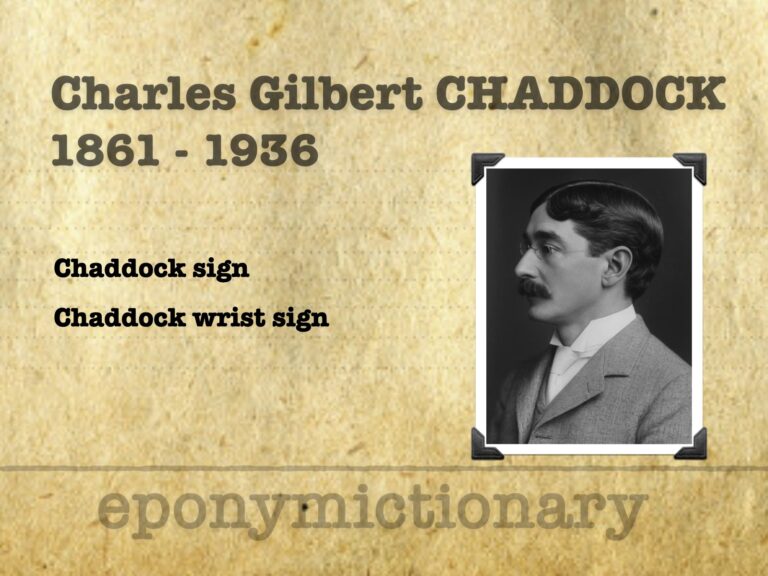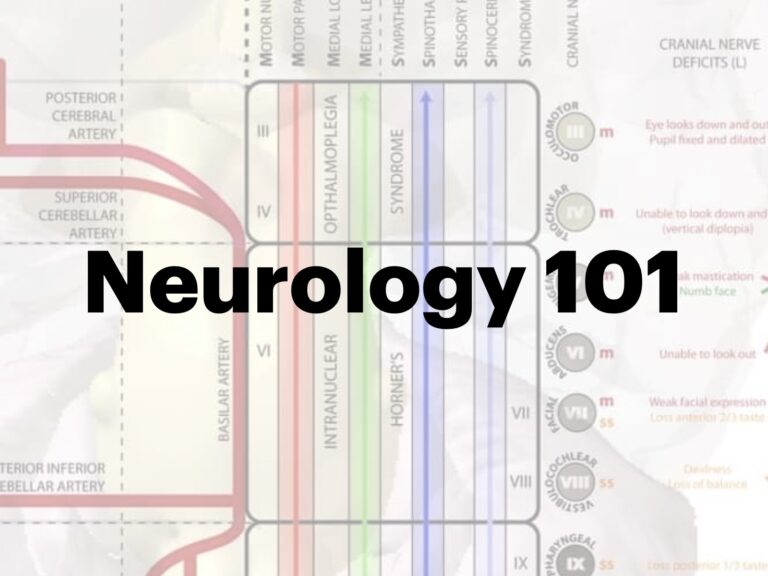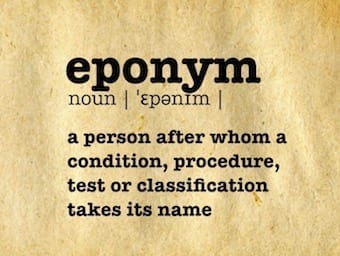
Charles Chaddock
Charles Gilbert Chaddock (1861-1936) was an American neurologist, psychiatrist, poet and medical translator. Chaddock sign and Chaddock wrist sign

Charles Gilbert Chaddock (1861-1936) was an American neurologist, psychiatrist, poet and medical translator. Chaddock sign and Chaddock wrist sign

Neurocysticercosis. Third edition in our Neuroimaging case study series with guest editors Drs. Michael Leonard and David Weinrib

Adolphe-Marie Gubler (1821-1879) was a French physician and therapeutic pharmacologist. Millard-Gubler syndrome (1856)

James Ramsay Hunt (1874-1937) American neurologist. Renowned for his contributions to the field of neurology. Several conditions bear his name including Ramsay Hunt syndrome (1907)
Charles Edward Beevor (1854-1908) was an English neurologist. Beevor sign - indicating a spinal cord lesion between T10 and T12

Neuro 101: A brief overview of the cranial nerves, their function, methods of testing and common pathology

Neuro 101: The brainstem is organised into three regions: the medulla, pons, and midbrain. A review of pathology and syndromes

Neuro 101: The primary role of the cerebellum is to modulate the descending fibres of the corticospinal tract. It regulates muscle tone and coordination and controls posture and gait.

Neuro 101: Cerebral Hemispheres. Clinicoanatomic correlation for frontal, temporal, parietal and occipital lobes. Overview of anterior and posterior arterial circulation

Neuro 101: Neurological Examination. The eight steps, mental status, motor, sensory, reflex, cerebellar examinations

William Alexander Hammond (1828-1900) was an American neurologist and military physician. Hammond was one of the most colourful and controversial figures in the history of American medicine

Intraventricular rupture of brain abscess (IVROBA). Second in our Neuroimaging case study series with Teresa Crow, Troy Carnwath, Scott DiMeo, L. Erin Miller and Natalie Rall